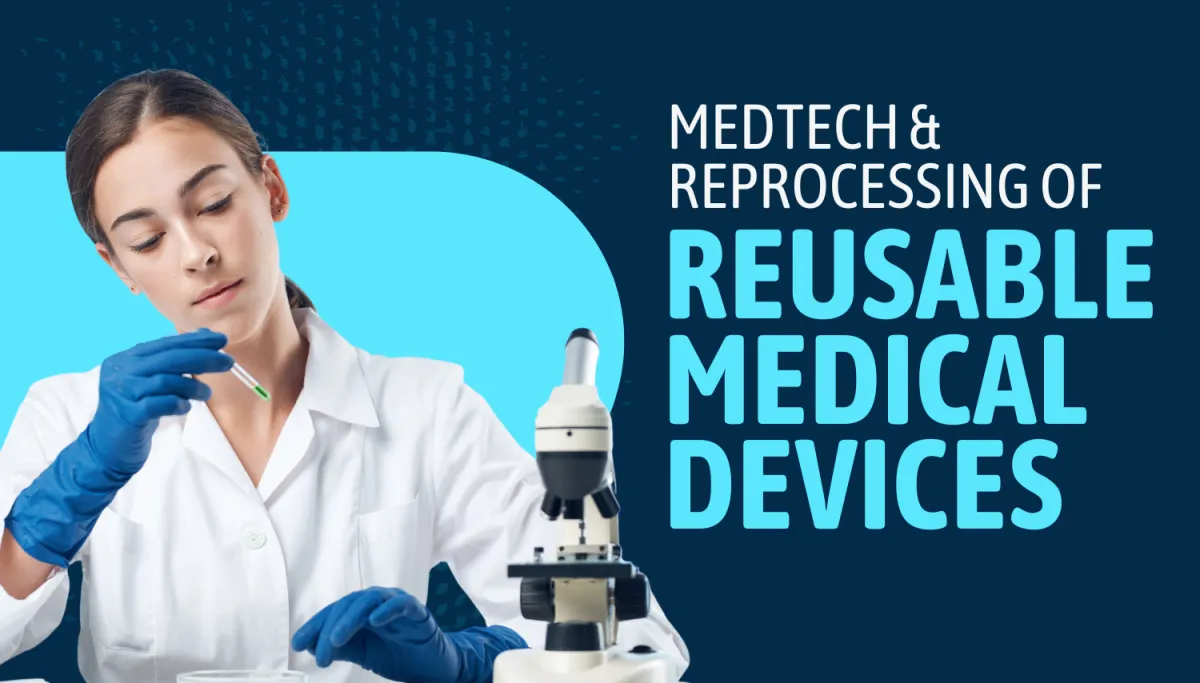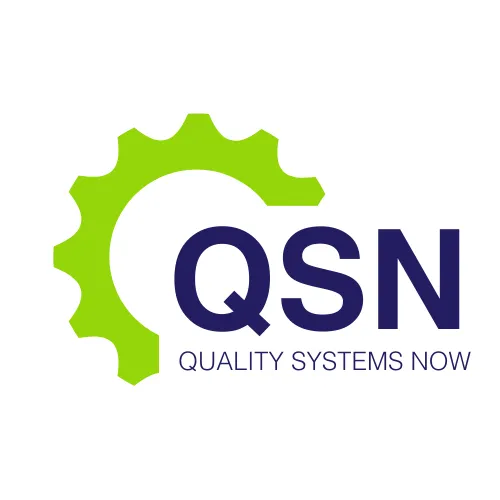LATEST NEWS

MedTech and Reprocessing of Reusable Medical Devices
Reprocessing of reusable medical devices (RMDs) has a new standard in Australia - AS 5369 replaces the previous AS 4187. Reprocessing RMDs is based on the ISO regulations and aligns with medical device manufacturer's requirements for these types of products - see Section 7.5 Production and Service Provision in ISO13485 (2016).
This doesn't mean that reprocessing facilities need to meet ISO13485 in Australia, but they do need to understand the manufacturer's requirements for a successfully sterilised device - this should be in the manufacturer's IFU. The IFU is the link between the manufacturer's product specifications and the reprocessing standard in AS 5369, to ensure that the specific device is reprocessed correctly.
For best practice and to align with the intent of ISO13485, reprocessing companies specialising in delivering a service for health care, should consider that their process is actually a manufacturing process. And not an extension of hospital services. This will allow significantly more streamlining of the overarching reprocessing process, bring efficiencies, as well as introduce many benefits of a Quality Management System (QMS), quality management and process validation...
Quality Systems Now help RMD reprocessing companies implement and improve their systems - have a talk to us.
The Importance of Reprocessing in MedTech
RMDs range from surgical instruments to diagnostic tools, that must be meticulously cleaned, disinfected, and sterilized between uses to eliminate any potential contaminants. The reprocessing of these devices involves multiple steps, including cleaning, inspection, disinfection, sterilization, and storage. Failure to adhere to proper reprocessing protocols can lead to healthcare-associated infections (HAIs), posing serious risks to patient safety.
AS 5369: Quality Management Systems for Medical Device Reprocessors
AS 5369 outlines the requirements for establishing, implementing, maintaining, and continually improving a quality management system for medical device reprocessors. The standard is structured around several key components:
Quality Policy and Objectives: Establishing a quality policy and setting quality objectives that align with the organization’s strategic direction.
Leadership and Commitment: Emphasizing the role of leadership in promoting a quality culture and ensuring the availability of resources.
Risk Management: Implementing risk management processes to identify and mitigate risks throughout the reprocessing cycle.
Document Control: Ensuring that all documents related to the quality management system are controlled, current, and accessible to relevant personnel.
Process Control: Defining and controlling reprocessing processes to ensure consistent and effective outcomes.
Performance Evaluation: Monitoring and measuring the performance of the quality management system to identify areas for improvement.
Continual Improvement: Encouraging a culture of continual improvement through regular reviews, audits, and feedback mechanisms.
Key Provisions of AS 5369
Customer Focus: AS 5369 emphasizes the importance of meeting customer requirements and enhancing customer satisfaction. This includes understanding the needs of healthcare providers and ensuring that reprocessed devices meet their expectations.
Resource Management: Guidelines for managing resources, including personnel, infrastructure, and work environment. Adequate resources are essential for maintaining the quality and safety of reprocessed devices.
Product Realization: Requirements for planning and controlling reprocessing activities to ensure that reprocessed devices are safe and effective. This includes process validation, monitoring, and control.
Implementing AS 5369
Implementation AS 5369 involves several steps:
Gap Analysis: Conducting a gap analysis to identify areas where current practices do not meet the standards. This involves reviewing existing procedures, equipment, and documentation.
Action Plan: Developing an action plan to address identified gaps. This plan should outline the steps needed to achieve compliance, including timelines and responsibilities.
Quality Management System: Implement a comprehensive QMS, as a minimum addressing the requirements in AS 5369, to ensure process control at all times. Process verification or validation should also be considered, as well as equipment qualification for different sterilisation loads and requirements.
Staff Training: Providing training for staff on the requirements of AS 5369. Training should cover both technical reprocessing procedures and quality management principles.
Process Improvement: Implementing process improvements to align with the standards. This may involve updating cleaning protocols, enhancing sterilization methods, and improving documentation practices.
Monitoring and Auditing: Establishing monitoring and auditing processes to ensure ongoing compliance. Regular audits help identify areas for further improvement and ensure that standards are maintained.
Management Review: Conducting regular management reviews to assess the effectiveness of the reprocessing system and make strategic decisions for continual improvement.
Benefits of AS 5369
Implementing AS 5369 offers numerous benefits:
Enhanced Patient Safety: Proper reprocessing reduces the risk of HAIs, protecting patient health and safety.
Regulatory Compliance: Compliance with these standards ensures that healthcare organizations meet regulatory requirements and avoid penalties.
Operational Efficiency: Standardized reprocessing procedures improve efficiency, reduce errors, and optimize resource use.
Quality Assurance: A robust quality management system enhances the reliability and performance of reprocessed devices, ensuring they function as intended.
AS 5369 provide essential guidelines for the reprocessing of RMDs, ensuring that they are safe for reuse and perform reliably. By successfully implementing AS 5369 standards, reprocessing organizations can ensure patient safety for their healthcare customers and improve operational efficiency.
